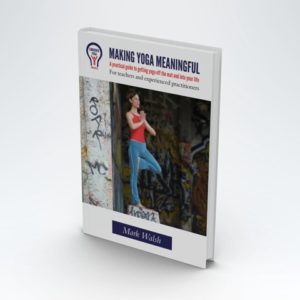
Anyone who gazes into it can see everything in the universe from every angle simultaneously, without distortion, overlapping, or confusion.” The Borges story also contains a fictionalized version of the author. One of these characters is named for a Borges short story, “The Aleph.” The Aleph (which I haven’t read), apparently, is a “point in space that contains all other points. It features a disparate bunch of characters that may or may not be part of Benny’s psychosis. This adds up to a shifting narrative that can occasionally be frustrating. Benny also narrates, and he too is unreliable in telling his story.

It is not the most reliable of narrators. The book is essentially Benny Oh’s life story. Which is almost enough reason for a bibliophile to want to read it. The book is partially narrated by a book. Why Read The Book of Form & Emptiness by Ruth Ozeki? On the flip side, The Book of Form & Emptiness is about the importance of social connections, the impermanence of possessions, and the power of art. The novel is about how the pair of them initially fail to cope and how what follows causes them both to spiral almost to the point of total disaster. She too has been left traumatized by the sudden death of her husband and she can’t bear to give things up. This means huge amounts of print media are delivered to their house. Annabelle transfers to working from home so that she can better look after him. As the novel progresses, the job becomes more and more obsolete.īenny Oh suffers severe psychological trauma after the death of his father. Annabelle is a “clipper.” She spends her days sorting through newsprint, literally cutting and pasting important stories for the company she works for: a news aggregation service. Husband and father, Kenji, was run over by a chicken truck, after falling into a drug-addled sleep in the alleyway beside the family house.Īs the book opens, print media is still a thing. The Book of Form & Emptiness focuses primarily on mother and son duo, Annabelle and Benny Oh.

I exaggerate when I say this book suggests “all possessions are rubbish,” but Ozeki is a Zen Buddhist priest, one of the characters in the book is a Zen Buddhist priest, AND said priest has written a book in the story called “Tidy Magic.” Some thoughts on the futility of buying stuff were inevitable. What Is The Book of Form & Emptiness by Ruth Ozeki? This might be because I’ve reached one year shy of my half-century, it might be that all three of my children have reached double digits (well, nearly), or it might be because of the meandering and beguiling, “all possessions are rubbish,” tale told in The Book of Form & Emptiness by Ruth Ozeki. I’ve been having something of an existential crisis in recent weeks.


 0 kommentar(er)
0 kommentar(er)
